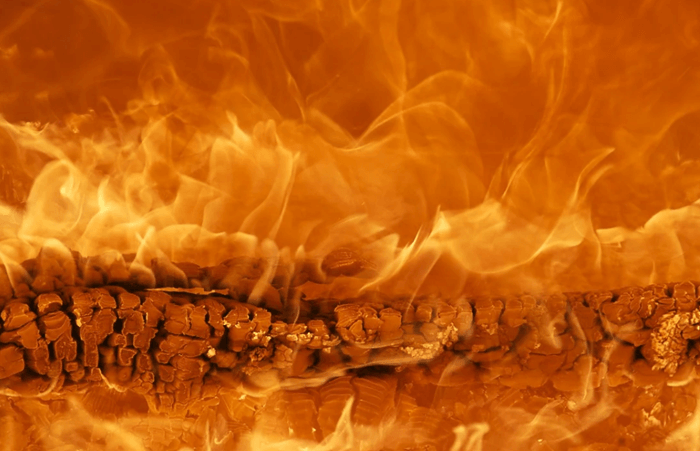ABSORPTION, is the taking up of matter or energy by penetration into an absorbing medium, so that the absorbed matter or energy apparently disappears.

In chemical processes, absorption refers to the solution of a gas in a liquid, the solution being obtained by the washing or intimate contacting (scrubbing) of a gas mixture with the liquid. In the ideal situation an equilibrium is attained, and there is a definite relationship between the concentrations of the gas phase and the liquid phase of the absorbed component.
Gas scrubbing is an important process for the recovery of products and the removal of pollution. For example, when coke-oven gas is scrubbed with water, ammonia is absorbed in the water. It is recovered as a useful byproduct of the destructive distillation of coal. Pollutants can be removed from refinery gases by scrubbing them with alkaline solutions. Sulfur dioxide can be removed as an air pollutant by scrubbing combustion-reaction products with water.
Absorption of substances may be either a physical process or a chemical process. Examples of physical absorption are the absorption of light hydrocarbons in oil and acetone vapor in water. The driving forces behind physical absorption are the solubility of the absorbed substance and the equilibrium vapor-pressure relationships of the substances. In chemical absorption, driving forces are more complex, and absorbed gas reacts chemically with the liquid.
Gas-liquid absorption (physical or chemical) usually is accomplished in vertical countercurrent flow patterns through packed, plate, or spray towers. The packed tower is a shell filled with specifically shaped packing materials. Plate towers contain plates at various heights within the tower. In spray towers the liquid surface is increased by forcing it through spray nozzles, forming many tiny droplets that fail through the rising gas stream.
In the absorption of light, specifîc wave-lengths are absorbed by the material through which the light travels. The ultraviolet wave-lengths of sunlight are absorbed by glass, warming it slightly by the conversion of light to heat. Transparent liquids often are identified and analyzed by passing light through them and measuring the absorption of the incident light.